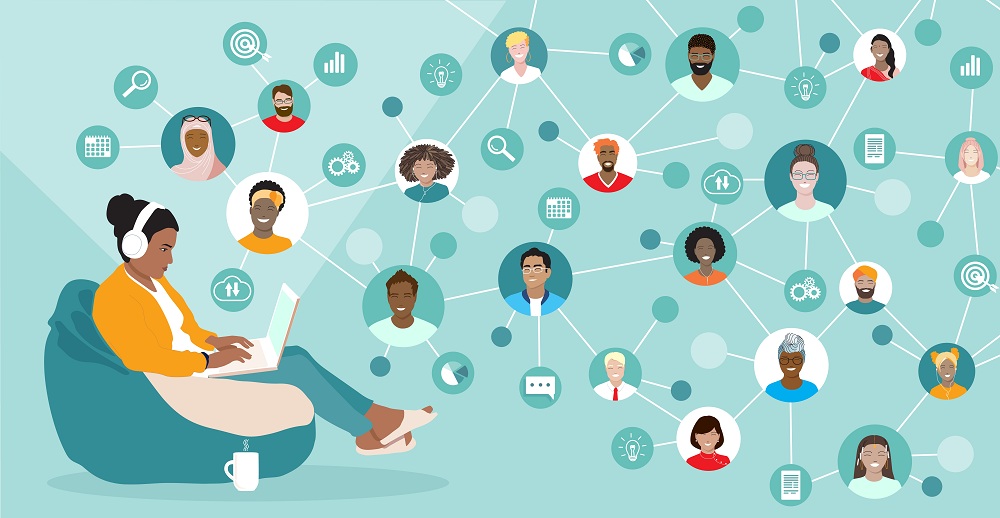With the phenomenal changes in the corporate landscape in the last two years, business strategies have evolved immensely. Empowering and building a diverse workforce has been a vital element forming the basis of business strategy using proven approaches to address these issues and build better workplaces. Today, DEI (diversity, equity and inclusion) is a key ingredient in enabling innovation and fostering growth.
We got an exclusive perspective from Anne Chang, Vice President, Human Capital, Optum Global Solutions, shedding light on the most important aspects of diversity and inclusion.
1. How has the perspective towards a more gender-diverse workforce changed over time?
According to a study by Mckinsey, almost 70 percent of companies say that the work employees do to promote DEI is extremely critical, and an even greater number say this is true of the work managers do to support employee well-being. Companies are implementing diversity, equity, and inclusion (DEI) programs and emphasizing inclusive recruiting practices.
At Optum, our vision is to create an innovative culture where every team member is empowered to do their best work, and DEI creates the culture of innovation and performance we need to achieve our mission. When we embrace a range of people and perspectives, our individual and collective contributions are magnified.

2. What are some of the biggest challenges that your organization faced when it came to implementing DEI and creating a gender diverse workforce?
The culture of the organization is defined by its people and diverse workforce. Changing the mindset of the entire team requires commitment and consistency in the various programs being run in the organization.
Designing and implementing programs across the organization takes time and involvement from employees. Leadership and people managers play an important role as culture ambassadors for diversity, equity, and inclusion, impacting how welcome and involved all team members are feeling. Bringing that momentum and interest from everyone requires consistent effort and engagement. Once the understanding is there, things gradually begin to change, and we see not only more acceptance but growing advocacy for the DEI cause.
3. How has it addressed these challenges?
Some of our key initiatives at Optum India are:
- United Women Leading in Technology (UWLiT): Mission is “transforming to a diverse and inclusive culture, intentionally paving pathways to improve women representation and progression in technology”.
- Return to work (RTW) program: SOAR (Strength – Opportunities – Aspirations – Results) is our return-ship program for experienced professionals who want to resume professional life after a break/sabbatical.
- Career advancement support: Supporting our women colleagues with flexible work options, coaching, and mentoring through our tools like Mentor Source, activities to destress, webinars, regular motivational talks and addresses from the leadership.
- CareNine and CareNine Beyond: Our pregnancy care and post maternity care programs, respectively, provide personalized support for mothers and fathers-to-be and new parents through all stages.
- Other enablement programs include DEI trainings, childcare programs, nutrition consulting, confidential counselling assistance, interlude leave policy, health insurance and flexible work schedules among others.
4. How can DEI become ingrained at all levels in your organization? What are some best practices?
When we incorporate, and learn from various individuals and viewpoints, we strengthen our bonds with one another, manage obstacles of an ever-changing environment and generate more powerful outcomes.
Organizations can bring into action the following practices:
- A sense of belonging characterized by maximum delight and connection- The organization must foster an inclusive culture in which everyone feels a sense of belonging. And once that occurs, it will foster creativity and increased workplace engagement.
- Hold leadership accountable for driving DEI results – Empathetic leaders can recognize the emotion of exclusion or making others feel excluded. That is a critical starting point for developing and implementing DEI processes.
- Reduce unconscious bias on a systemic basis- Do an in-depth examination of talent management policies and processes to determine which ones hinder opportunities. Then, choose what leaders should halt, change, or redesign.
- Encourage long-term change- Diversity training is most effective when it is integrated into an enterprise-wide strategic plan, incorporates both awareness and skill development, and is implemented over time.



